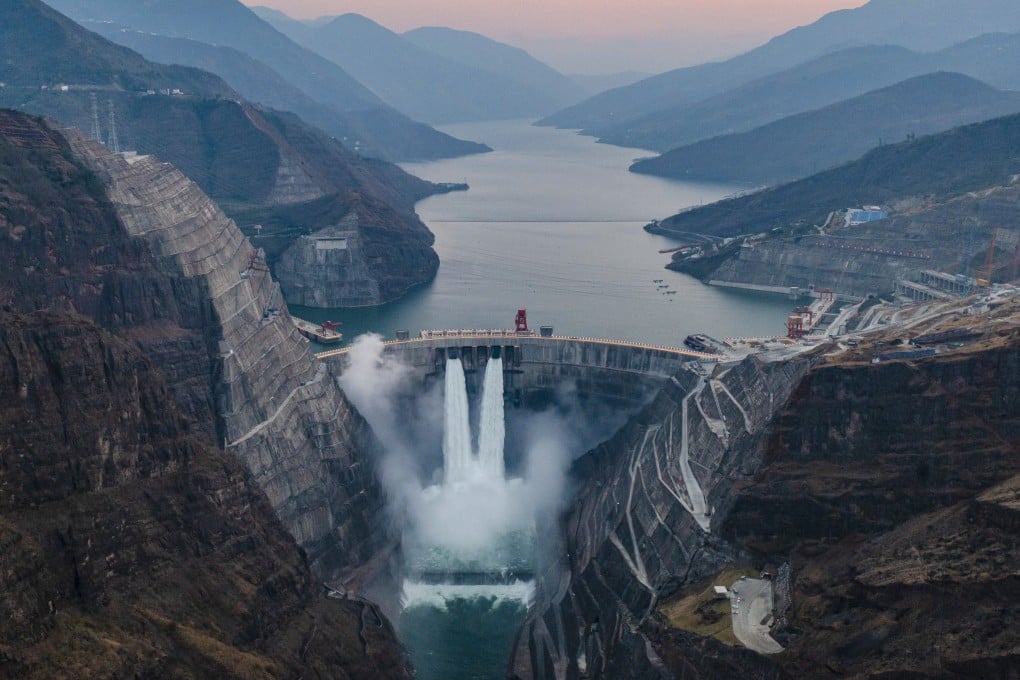Advertisement
China’s untapped hydropower could supply 30 per cent of electricity needs: study
- World’s largest supply of unused profitable hydropower is in China, researchers say
- But scientists are wary of ecological impact more dams could have on Chinese rivers
Reading Time:3 minutes
Why you can trust SCMP

China has the world’s largest unused profitable hydropower potential, which if developed could meet 30 per cent of China’s electricity needs, a new global assessment has found.
A team of researchers from Britain, China, Singapore, Spain, Sweden, Thailand and the United States studied data from nearly 3 million rivers around the world to determine the total amount of unused hydropower potential.
Their findings, published in the peer-reviewed journal Nature Water on Tuesday, showed China’s potential development sites lie mainly in the mountainous areas in the south – Tibet, Sichuan, Yunnan and Guizhou.
Advertisement
While hydropower was a renewable and “relatively cost-effective” energy source, it “fundamentally changes the natural discharge of rivers, disturbs freshwater ecosystems and may contribute to local species extinctions”, the researchers said.
To limit potential impacts on the environment and societies, the team excluded areas considered heritage sites, biodiversity hotspots, forests, settlements of more than 50,000 people, and earthquake-prone regions from their assessment.
Advertisement
Advertisement
Select Voice
Choose your listening speed
Get through articles 2x faster
1.25x
250 WPM
Slow
Average
Fast
1.25x
